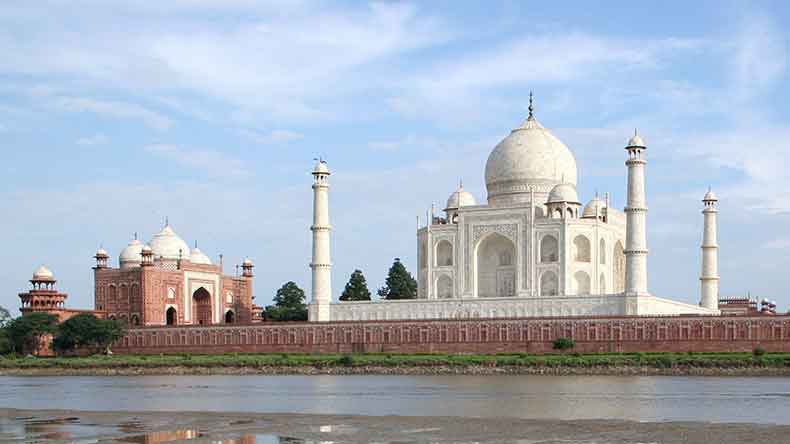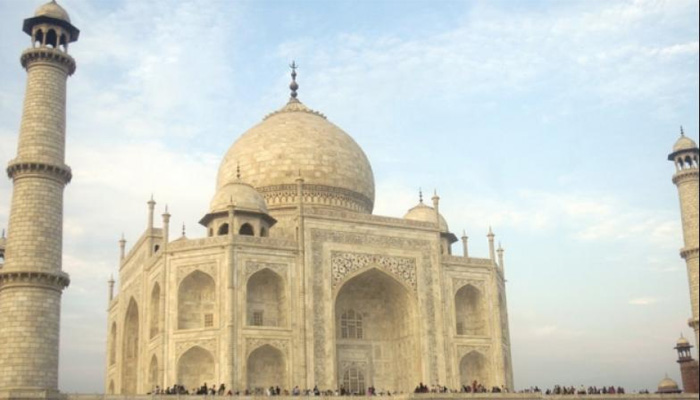There are IB reports that after the Indian surgical strikes, the terrorists were planning to strike key installations and also monuments in the country. While the vigil at the POK and other borders continues, there is threat from the sleeper cells and also the Jihadis who have earlier sneaked into the country and are waiting for an opportunity strike it is reported.
The Home Minister Rajnath Singh is reviewing the situation on daily basis and also briefing the Prime Minister Narendra Modi over the matter. Meanwhile security has been heightened at many important places, tourist spots and government installations across Uttar Pradesh following an IB alert of a potential threat by terrorists, officials said on Sunday. Additional security has been deployed at the Taj Mahal, in Agra the biggest draw for foreign and domestic tourists.

Officials informed that 36 extra commandoes have been deployed at the Taj Mahal, on the outer periphery, in and around the entry points. Other than this, CISF personnel who guard the world famous monument of love, have also been alerted on the possibility of a terror attack, a senior home department official informed.
As the festival season is underway and important festivals like the Durga Puja, Dusshehra and Muharram are on the anvil, security has also been beefed up important cities like Lucknow, Agra, Kanpur, Moradabad, Bareilly, Meerut, Muzaffarnagar, Varanasi and Allahabad, a police official said.
On the other hand it is reported that parts of Taj Mahal are turning greenish-black due to release of faeces and dirt by insects, the government on Wednesday said while stressing that it is a “temporary phenomena” as colour of marble could be regained after simple treatment.

In a written reply in Rajya Sabha, Tourism Minister Mahesh Sharma said that it has come to the notice of the government about the change in colour of the iconic marble mausoleum due to faeces and dirt by the insect called Geoldichironomous.














